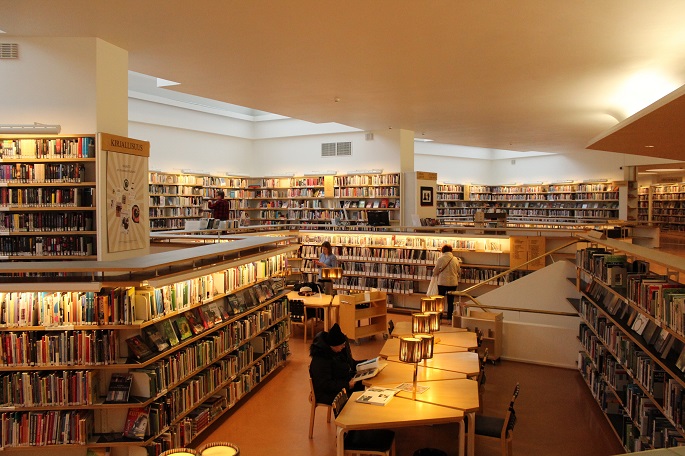120th birth anniversary of Alvar Aalto
Rovaniemi city architect reviews Aalto’s work
Published : 27 Mar 2018, 02:00
This year marks the 120th birth anniversary of the great Finnish architect and designer Alvar Aalto. It is thus a special occasion for the Daily Finland to review his works and contributions to Finland’s architecture and design, especially to the City of Rovaniemi.
The city architect, Tarja Outila, said, “Alvar Aalto’s architecture and town plans play a very important role in Rovaniemi,” since he led the process of rebuilding the city after the Second World war.
Rovaniemi suffered badly in the war, as approximately 90 per cent of the buildings in the city centre were destroyed in the 1940s. With his genius vision, Aalto started with a master design for the downtown Rovaniemi, shaped like a reindeer’s head. The Keskuskenttä sports stadium is the eye of the design, while the roads leading north, west and south make up the antlers. The reindeer antler plan was basically a traffic plan.
“Aalto valued Lapland very high and wanted to be involved in the reconstruction of the city in many ways,” said Outila.
Aalto’s main work in Rovaniemi is the administrative and cultural centre, also known as the Aalto centre, which consists of the Rovaniemi City Hall, Rovaniemi City Library and Lappia House, a congress venue and the home of Rovaniemi Theatre.
The library was constructed first, in 1968, followed by the Lappia House in 1976, which was the last building Aalto saw completed before his death. The city hall was completed in 1986 and finalised by Aalto’s architect wife Elissa Aalto.
The library was one of Aalto’s most successful late interiors with several changes of level and with lighting designed to exploit the low northern sun. To Outila all his works are important and impressive. “To me Aalto’s library is the most beautiful one in Finland.”
Over the decades that followed, various other buildings were constructed, such as the Aho residential and commercial complex in the city centre and the Korkalorinne housing scheme. After all these restructuring process, Rovaniemi was reborn with a dazzling new appearance.
Learning from the past, Rovaniemi now always values clear plans and criteria for architecture and land use to reach a consistence goal. “That makes the city become architecturally interesting and inviting,” said Outila, adding that “Alvar Aalto actually taught us a lot about processes, innovation, clientship, and selfless working moral.”
Aalto never regarded himself as an artist, even though he made such great contributions to Finnish art. Aalto’s early career runs in parallel with the rapid economic growth and industrialisation of Finland during the first half of the twentieth century. The body of his main works include architectures, furniture, textiles and glassware, as well as sculptures and paintings.
To Outila “architecture represents the values of the society” as architecture and aesthetics improve the quality of the living environment. “Architecture may also stimulate debate and discussion, and it should always add value to the client and to the society,” she surmised.


